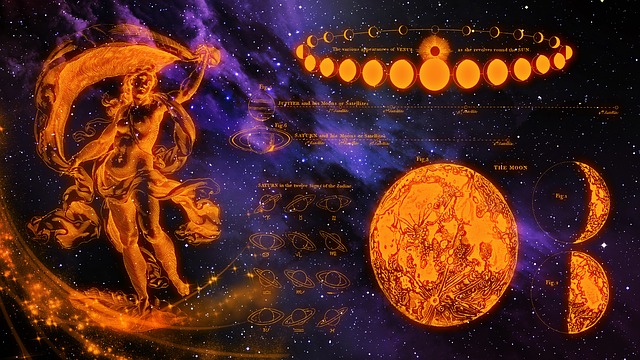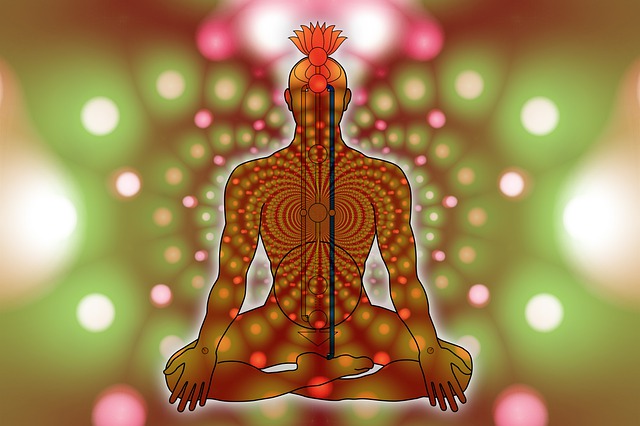New age, where did it originate, and what is it?
First and foremost, it is a spiritual movement that originated in the west. People became active towards the end of the 20th century, but the foundation was laid in the hippie era. The hippie era starts in the mid-sixties. We also call it the Aquarian era. The hippies’ starting point was to want to distinguish themselves, especially in ‘being against.’ In doing so, they unleashed small revolutions. Being ‘against’ arose from the bourgeoisie prevailing up to that time, the many rules, and the curtailment of freedom. The hippies called it “spiritual emptiness” and opposed it. The ‘new age’ also includes increased self-awareness and a more intuitive approach to business. Materialism gets a less critical role in life, and people go more for society. The philosophy is holism.
Where does the name ‘new age’ come from?

Strangely enough, the term ‘new age’ goes back to the end of the 19th century. The Russian noblewoman Helena Petrovna Blavatsky, who had been to Tibet several times, was the founder of the Theosophical Society. She heralded the “new age,” in which theosophists* had a significant role in guiding the evolution of the human race.
‘New age’ then stood still for quite a while, as it were. Until the mid-forties of the 20th century, two world wars raged. In addition to the war years, there is also the reconstruction after such a war. There is then hardly any room for things that fall within the ‘new age. The American theosophist David Spangler is subsequently seen as the founder of the contemporary ‘new era.
* “Theosophy is a metaphysical religious philosophy that holds that all religions are attempts by a divine power to bring humanity to greater perfection. Therefore, Theosophy holds that every religion has a portion of truth in it,” according to Wikipedia.
Has ‘new age’ become a repository of dissenters?
Because it concerns a different way of thinking, feeling, believing, communicating, and relationships, ‘new age’ is sometimes categorized as ‘new age. For example, if something is off the beaten track, it is quickly referred to as ‘new age. The reason may be that people like to put things in a box, but at summer fairs, for example, it can also be done from a commercial point of view (a greater diversity attracts a broader audience). Some examples that are vaguely related, but not precisely ‘new age’ is:
- Bohemian style, simply ‘boho.’ This is related to Bohemia in the Czech Republic, and the French gypsies said they originally came from there. This is then linked to the freeway of life of the gypsies and, as such, also to the ‘new age.
- The music of the English Kate Bush, right from the first album The kick inside. The lady is dressed differently, moves differently, and uses her voice differently, thus fitting into the movement.
- Everything that tends to the baroque style is also called rococo. A technique developed in Italy in the 17th century and lasted until the first half of the 18th century. A style that deviates quite a bit from the ‘norm.’
What do we group under ‘new age.’
You cannot find one movement in the current ‘new age. Therefore, it is a package of esoteric philosophy and is an umbrella term for various Western activities. Movements that originate in part from existing religions but as a whole are now outside the current religions.
In addition to the result of the hippie period, when people thought differently and expressed this in sexual, musical, and social areas, the ‘new age’ also includes belief in personal development. By this, we mean the development of self-awareness and identity. But they are also nurturing your talents and increasing the quality of life. Dreams and aspirations may be expressed and pursued, but you apply them in the ‘e-society. People are averse to ‘every man for himself.


